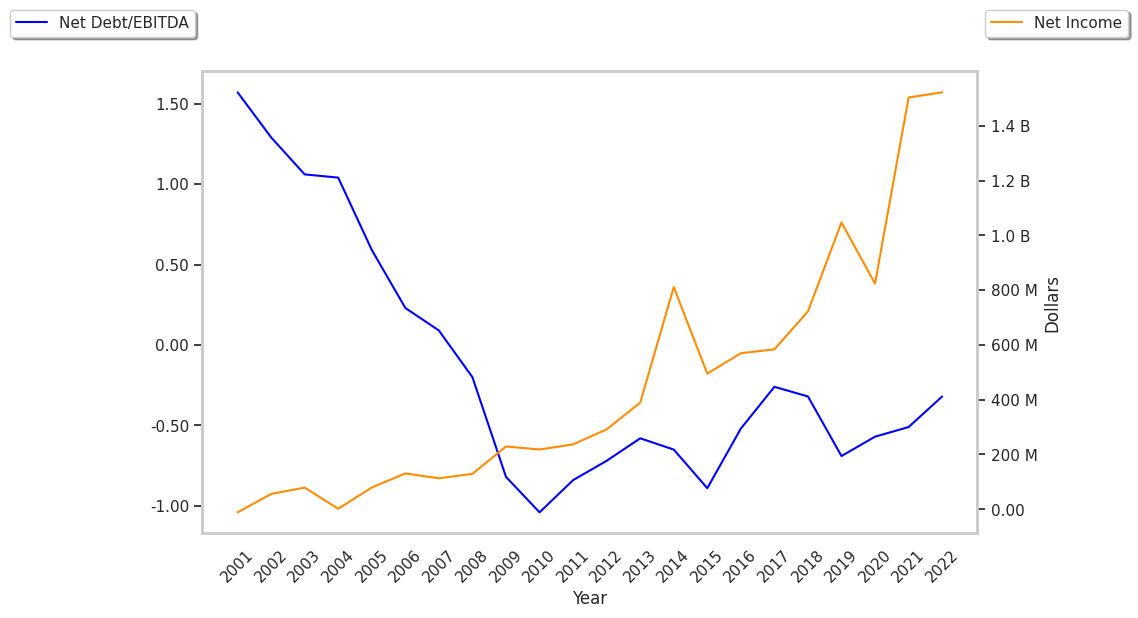One of Wall Street's biggest winners of the day is Edwards Lifesciences, a specialty industrial machinery company whose shares have climbed 6.3% to a price of $78.57 -- near its average analyst target price of $79.15.
The average analyst rating for the stock is buy. EW may have outstripped the S&P 500 index by 7.0% so far today, but it has lagged behind the index by 28.9% over the last year, returning -9.3%.
Edwards Lifesciences Corporation provides products and technologies for structural heart disease, and critical care and surgical monitoring in the United States, Europe, Japan, and internationally. The company is categorized within the healthcare sector. The catalysts that drive valuations in this sector are complex. From demographics, regulations, scientific breakthroughs, to the emergence of new diseases, healthcare companies see their prices swing on the basis of a variety of factors.
Edwards Lifesciences's trailing 12 month P/E ratio is 33.6, based on its trailing EPS of $2.34. The company has a forward P/E ratio of 28.5 according to its forward EPS of $2.76 -- which is an estimate of what its earnings will look like in the next quarter.
As of the first quarter of 2023, the average Price to Earnings (P/E) ratio for US health care companies is 30.21, and the S&P 500 has an average of 15.97. The P/E ratio consists in the stock's share price divided by its earnings per share (EPS), representing how much investors are willing to spend for each dollar of the company's earnings. Earnings are the company's revenues minus the cost of goods sold, overhead, and taxes.
EW’s price to earnings ratio can be divided by its projected five-year growth rate, to give us the price to earnings, or PEG ratio. This allows us to put its earnings valuation in the context of its growth expectations which is useful because companies with low P/E ratios often have low growth, which means they actually do not present an attractive value.
When we perform the calculation for Edwards Lifesciences, we obtain a PEG ratio of 3.72, which indicates that the company is overvalued compared to its growth prospects. The weakness with PEG ratios is that they rely on expected growth estimates, which of course may not turn out as expected.
To better understand the strength of Edwards Lifesciences's business, we can analyse its operating margins, which are its revenues minus its operating costs. Consistently strong margins backed by a positive trend can signal that a company is on track to deliver returns for its shareholders. Here's the operating margin statistics for the last four years:
| Date Reported | Total Revenue ($ k) | Operating Expenses ($ k) | Operating Margins (%) | YoY Growth (%) |
|---|---|---|---|---|
| 2023 | 5,819,000 | 1,755,600 | 27 | -15.62 |
| 2022 | 5,382,400 | 1,567,600 | 32 | 0.0 |
| 2021 | 5,232,500 | 1,493,700 | 32 | 60.0 |
| 2020 | 4,386,300 | 1,228,400 | 20 | -23.08 |
| 2019 | 4,348,000 | 1,242,200 | 26 | 30.0 |
| 2018 | 3,722,800 | 1,088,500 | 20 |
- Average operating margins: 26.2 %
- Average operating margins growth rate: 3.3 %
- Coefficient of variability (lower numbers indicate less volatility): 131.7 %
Another key to assessing a company's health is to look at its free cash flow, which is calculated on the basis of its total cash flow from operating activities minus its capital expenditures. Capital expenditures are the costs of maintaining fixed assets such as land, buildings, and equipment. From Edwards Lifesciences's last four annual reports, we are able to obtain the following rundown of its free cash flow:
| Date Reported | Cash Flow from Operations ($ k) | Capital expenditures ($ k) | Free Cash Flow ($ k) | YoY Growth (%) |
|---|---|---|---|---|
| 2023 | 1,042,000 | 233,600 | 808,400 | -16.97 |
| 2022 | 1,218,200 | 244,600 | 973,600 | -30.77 |
| 2021 | 1,732,100 | 325,800 | 1,406,300 | 117.26 |
| 2020 | 1,054,300 | 407,000 | 647,300 | -30.29 |
| 2019 | 1,182,900 | 254,400 | 928,500 | 34.96 |
| 2018 | 926,700 | 238,700 | 688,000 |
- Average free cash flow: $908.68 Million
- Average free cash flown growth rate: 0.0 %
- Coefficient of variability (the lower the better): 511.86 %
Free cash flow represents the amount of money that is available for reinvesting in the business, or for paying out to investors in the form of a dividend. With a positive cash flow as of the last fiscal year, EW is in a position to do either -- which can encourage more investors to place their capital in the company.
Value investors often analyze stocks through the lens of its Price to Book (P/B) Ratio (market value divided by book value). The book value refers to the present value of the company if the company were to sell off all of its assets and pay all of its debts today - a number whose value may differ significantly depending on the accounting method.
Edwards Lifesciences's P/B ratio indicates that the market value of the company exceeds its book value by a factor of 7, so the company's assets may be overvalued compared to the average P/B ratio of the Health Care sector, which stands at 4.08 as of the first quarter of 2023.
With an average P/E ratio, no published P/B ratio, and positive cash flows with a flat trend, we can conclude that Edwards Lifesciences is probably overvalued at current prices. The stock presents strong growth indicators because of its strong operating margins with a stable trend, and an inflated PEG ratio.



